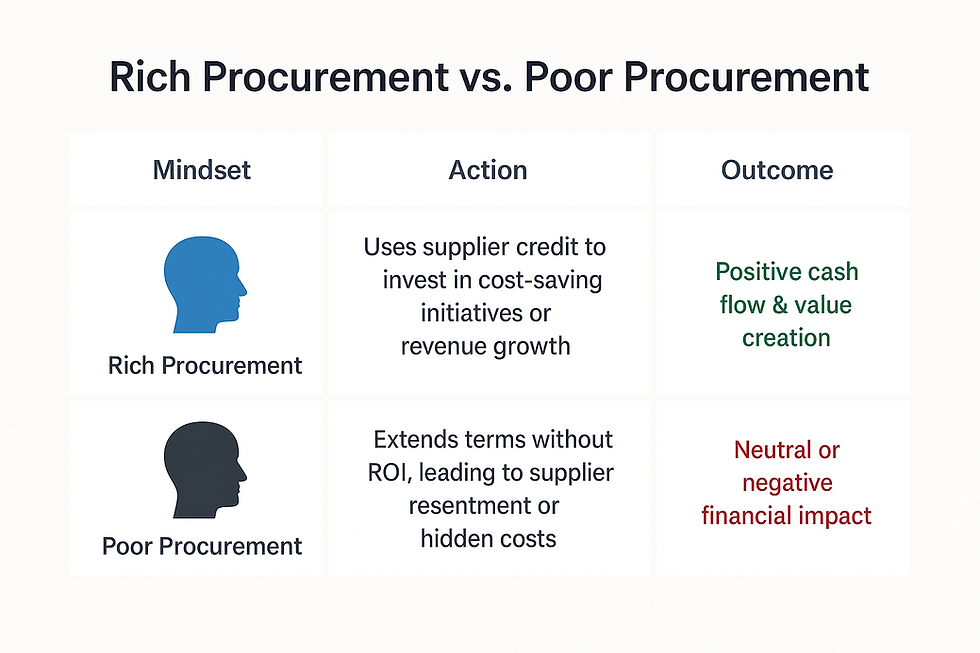Upper Echelon Theory (UET): As the King, so the People
- ukrsedo
- Apr 17
- 2 min read
Updated: Jun 8
Upper Echelon Meaning

Originally laid out by Hambrick & Mason (1984), UET argues that:
Strategic decisions mirror top leaders' "lens."
Leaders have limited attention and filter situations through their cognitive base (knowledge, heuristics) and values (beliefs, priorities).
Background traits serve as proxies.
Because you can't directly measure someone's mind, UET uses observable factors—such as age, education, functional background, and career path—as proxies for deeper psychological drivers.
Team composition amplifies biases.
It's not just the president or CEO; the entire TMT (top management team) shapes outcomes. Allies reinforce core frames or push back, affecting the final choice.
Just like we did with Game Theory, let's use the Upper Echelon Theory to analyse possible scenarios of peace talks between the US, Ukraine, and Russia.
By the way, our first attempt to apply Game Theory to predict political outcomes hasn't been busted by far.
UET‑Driven Possible Outcomes of Ceasefire Negotiations
We asked ChatGPT to analyse this article about negotiations in Saudi Arabia.
“Economic Window” Pact
U.S. envoys push a quick “sanctions‑for‑neutrality” deal, backed by Dmitriev’s investment pitches.
Why UET predicts it: The deal-maker mindset combined with Dmitriev’s banker background will yield fast‑track economic carrots and minimal security concessions.
“Security‑First Freeze”
Talks yield a ceasefire anchored to Russia’s core red lines (no NATO, buffer zones) with Ukraine’s role largely sidelined.
Why UET predicts it: Lavrov’s long‑game security orientation + Trump’s outsider distrust of process = stick to nonnegotiable demands.
“Process Over Promise”
A public‑relations victory: formation of a “high‑level committee” to study next steps, but no binding commitments.
Why UET predicts it: Mixed signals from U.S. team (hard‑ask vs. showmanship) + Saudi risk‑aversion to spoiling its mediator image = buy time without fundamental change.
Given the top players’ backgrounds (deal‑maker U.S. envoys, investment‑oriented Russian team) and the economic framing of the opening statements, the “Economic‑Window Pact” is the most UET‑consistent outcome.
Qualis Rex, Talis Grex - As the King, so the People
UET isn’t just academic - it’s a practical lens. By decoding who represents the countries at the table (their history, values, cognitive shortcuts) and who’s in their corner, you get a realistic preview of how the peace—or any big deal—will play out.










Comments